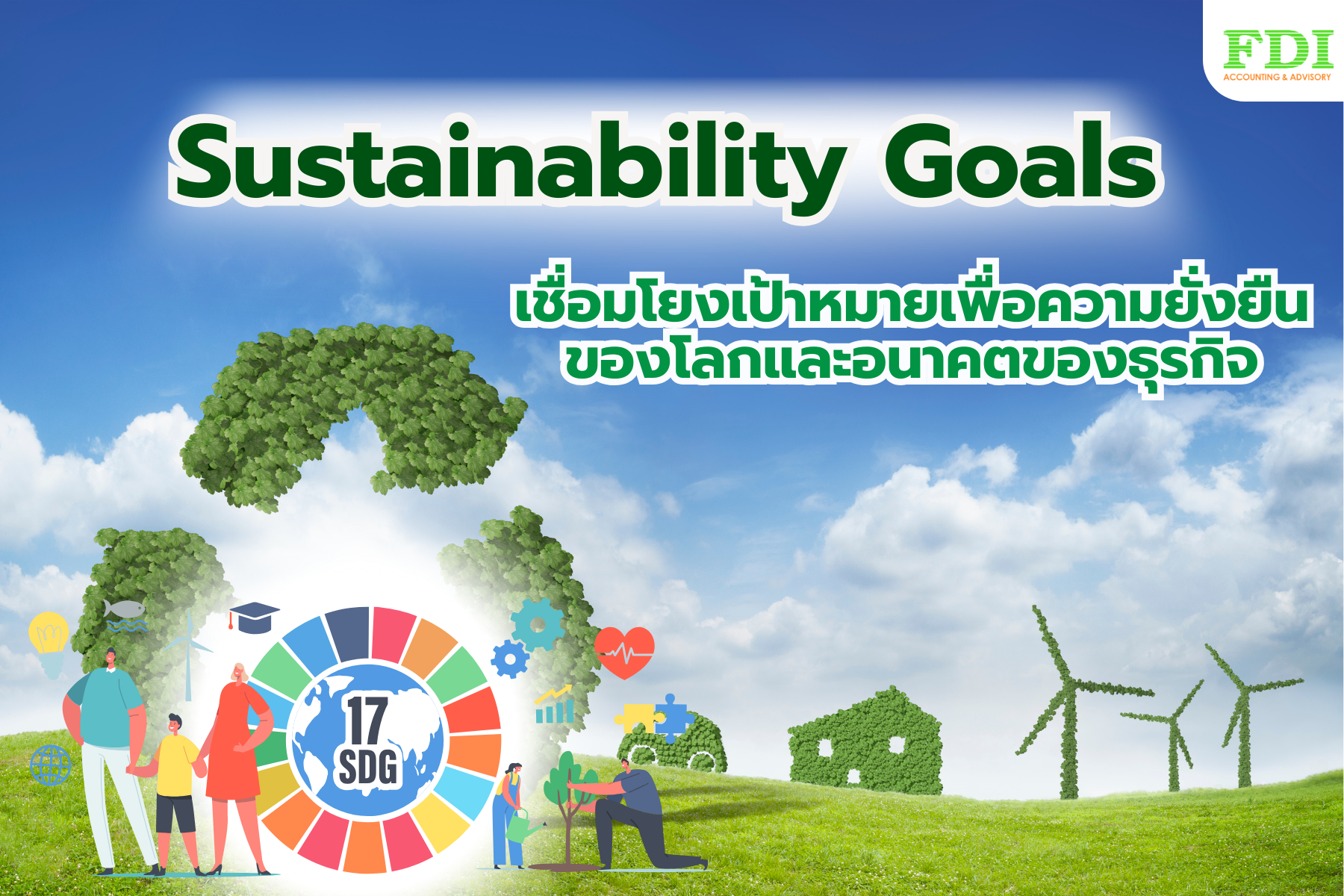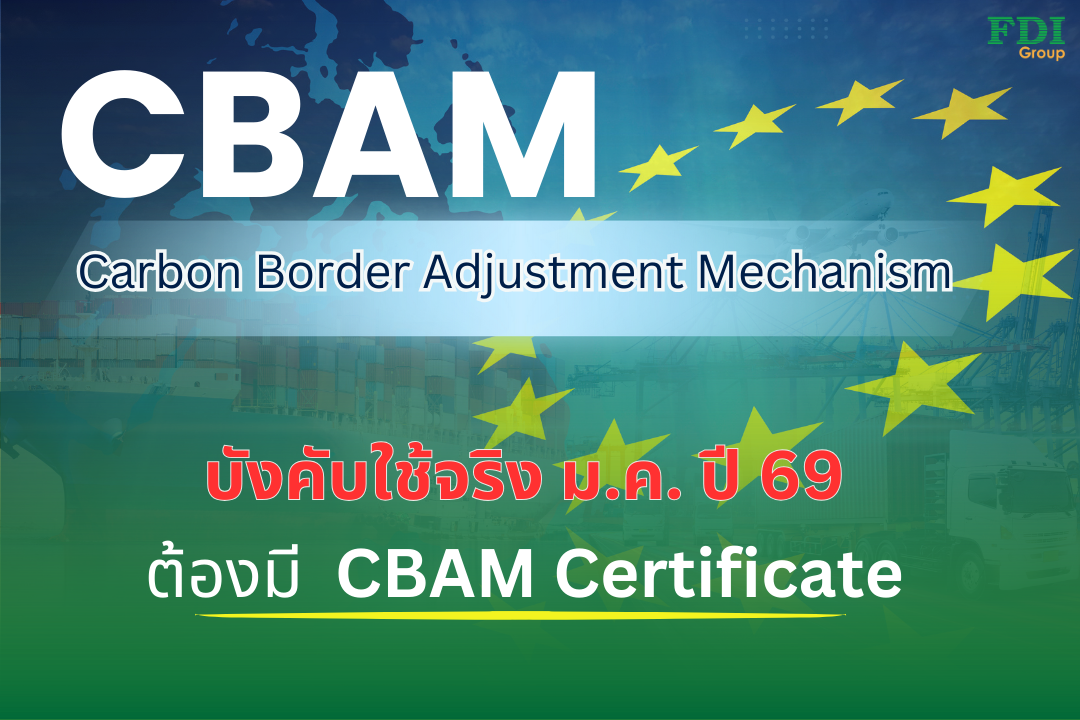What is ETS?
Today, production processes in all industries result in the release of carbon dioxide—a major greenhouse gas—into the atmosphere, contributing significantly to global warming (Climate Change). This article will introduce you to ETS. From an economic perspective, the idea of creating a pricing mechanism for something previously without a price—such as greenhouse gases or carbon dioxide (Carbon Pricing)—is another concept that helps hold emitters accountable for the emissions they produce. When the cost rises, it may lead to decisions to reduce production levels. This pricing mechanism essentially turns greenhouse gas emissions into a cost that must be paid, which can be divided into two approaches:
1. Carbon Tax
In line with the polluter pays principle, greenhouse gas emitters are required to pay for their emissions. The government may impose a tax rate based on the amount of carbon emissions generated.
2. ETS (Emission Trading Scheme)
The Emissions Trading System (ETS), which we will explore in more detail in the following section.
Meaning of ETS
ETS ย่อมาจาก Emission Trading Scheme หรือ ระบบซื้อขายสิทธิในการปล่อยก๊าซเรือนกระจก เป็นเครื่องมือทางเศรษฐศาสตร์ภายใต้กลไกตลาดคาร์บอน โดยภาครัฐเป็นผู้กำหนดเพดานการปล่อยก๊าซเรือนกระจกโดยรวมขององค์กรที่ถูกควบคุม (Cap setting) และภาครัฐจะออกสิทธิการปล่อยก๊าซเรือนกระจก (Allowance) ตามจำนวนเพดานที่กำหนดไว้ โดย 1 สิทธิการปล่อยก๊าซเรือนกระจกมีค่าเท่ากับ 1 ตันคาร์บอนไดออกไซต์เทียบเท่า โดยองค์กรต่าง ๆ ที่อยู่ในระบบจะได้รับการจัดสรรสิทธิการปล่อยก๊าซเรือนกระจกแบบให้เปล่า (Free allowance) หรือ ประมูลสิทธิการปล่อยก๊าซเรือนกระจก (Auction) ตามรอบประมูลที่จัดขึ้น
The Difference Between Carbon Tax and the ETS (Emissions Trading System)
The key difference is that a carbon tax cannot fully control the amount of emissions, because as long as producers are willing to pay the tax, they can produce as much as they wish. In contrast, under the ETS, the government sets an overall cap on the amount of greenhouse gases allowed to be emitted, which provides a clearer and more direct control over emission levels.
In terms of pricing, the carbon tax is price-based, meaning it does not cause fluctuations in carbon prices or product prices. In contrast, the ETS may experience price volatility depending on the demand for allowances. If demand is high, the price of allowances will increase, which may affect both costs and product prices.
EU Emission Trading System (EU ETS)
The EU ETS is a key mechanism adopted by the European Union (EU27) to reduce greenhouse gas emissions. As a result, production costs for businesses within the EU have increased, which may create the risk of producers importing goods or relocating their production bases to countries where there are no costs, or significantly lower costs, associated with carbon emissions (a problem known as carbon leakage).
In relation to greenhouse gases under the ETS, what is the Greenhouse Gas Emission Cap (Cap Setting)?
The regulated industries are assigned a specific amount of greenhouse gases they are allowed to emit in each sector. This can be determined in two ways:
1. Set in terms of tons of carbon dioxide equivalent (Absolute Cap), where the emission volume is predetermined and then gradually reduced over time.
2. Set in terms of tons of carbon dioxide equivalent per unit of output (Intensity-based Cap)
Allocation of Greenhouse Gas Emission Allowances
การจัดสรรถือเป็นปัจจัยที่สำคัญมาก เพราะส่งผลต่อทิศทางการดำเนินกิจการขององค์กรที่ถูกควบคุมในระบบ ซึ่งสะท้อนผ่านปริมาณการผลิต การตัดสินใจลงทุน หรือการผลักดันต้นทุนส่วนเพิ่มในการลดการปล่อยก๊าซเรือนกระจกที่ผู้ผลิตผลักดันไปสู่ผู้บริโภค โดยภาครัฐมีวิธีการพิจารณาจัดสรรสิทธิการปล่อยก๊าซเรือนกระจกให้กับองค์กรที่อยู่ในระบบได้ 2 วิธีการ คือ
1.Free allocation
2.Auction
In summary The setting of the greenhouse gas emission cap must take into account the overall emission reduction targets of all regulated organizations. This helps those organizations plan their long-term investments appropriately.
Environmental and sustainability experts, such as FDI, recommend that greenhouse gas emission data is acritical foundation for operating under the Emissions Trading System (ETS). This requires measurement, reporting, and verification. Organizations participating in the system must monitor and report their greenhouse gas emissions to the responsible authorities, and such reports must be verified by external assessors to ensure accuracy. Strict adherence to the implementation plan ensures that the Emissions Trading System operates effectively.
Environmental and Sustainability Business Consulting Services
- Training Services in Carbon Management
- Long-term Consulting on BCG (Bio-Circular-Green Economy Business Model) and ESG
- Carbon Footprint and Carbon Credit Assessment and Reporting Services
- Carbon Net Zero Event Planning and Consulting Services
- We provide an Energy Dashboard Platform service that covers Scope 1, 2, and 3 emissions.
FDI Accounting and AdvisorWe are committed to supporting your business towards a sustainable future with our comprehensive environmental consulting services. Our team of experts brings extensive experience and in-depth knowledge to help you achieve your sustainability goals.
FDI is ready to provide consulting for your business a sustainable partner by your side in every step.
🌐Website : www.fdi.co.th
📞 Phone : 02-642-6866, 02-642-6869, 02-642-6895
E-mail : reception@fdi.co.th
Facebook : FDI Group – Business Consulting
Line Official : @fdigroup
BlogArticles
SDGs x ESG เชื่อมโยงเป้าหมายเพื่อความยั่งยืนของโลกและอนาคตของธุรกิจอย่างยั่งยืน
เมื่อโลกเผชิญกับปัญหาที่ซับซ้อน ดูทีท่าจะแก้ยากมากขึ้น ทั้งความยากจน...
Read Moreอุตสาหกรรม Jewelry ต้องทำ! ปรับโรงงานให้เป็นมิตรต่อสิ่งแวดล้อม โอกาสสร้างกำไรอย่างยั่งยืน
เพิ่มกำไรอย่างยั่งยืนให้กับโรงงาน Jewelry กับสิ่งแวดล้อม...
Read MoreCBAM Certificate คืออะไร ? ปี 69 “CBAM เริ่มภาคบังคับ” เอกสารสำคัญที่ผู้ส่งสินค้าไปยุโรปต้องรู้
จากบทความก่อนที่ FDI พาไปเจาะลึกข้อมูลเกี่ยวกับ...
Read More





